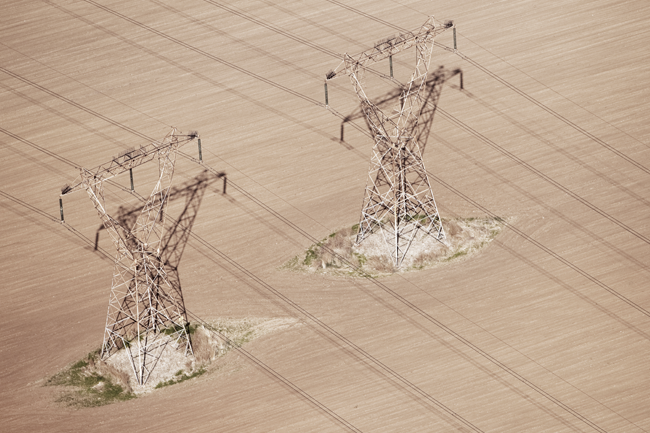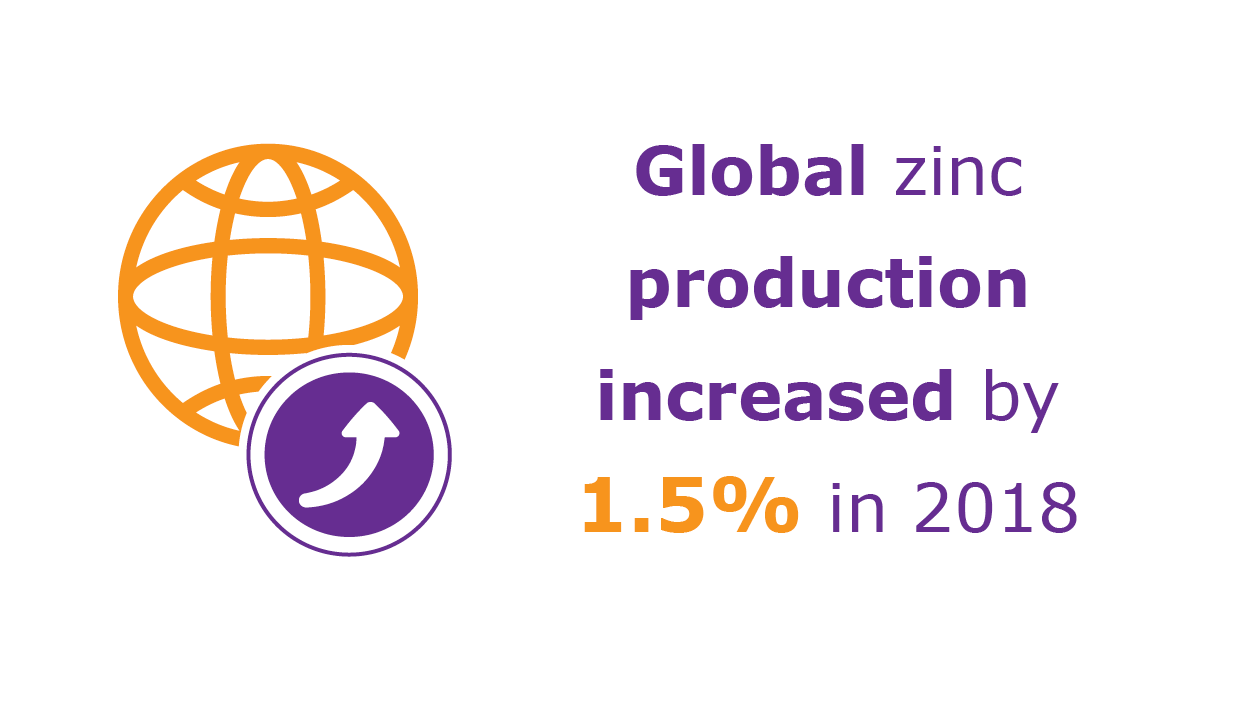It’s no secret that across Africa, in almost all states, the energy supply is either precarious – or extremely precarious. It is unsurprising to urban residents in developing cities such as Kinshasa – or lately, in Accra – when the lights go out and stay out for days, as the food in the fridge perishes and the mobile phone runs out of battery life. This also happens among the continent’s most developed cities, such as Johannesburg. And most people on the continent have no regular access to power at all.
In 2014 the International Energy Agency estimated that just 32% of sub-Saharan Africa’s population have domestic electrification, against a world average of 82%, leaving some 620 million people without power each night.
These energy issues are centrally a human concern due to their effect on the capacity of individuals and households to live a comfortable and secure life with all the local economic opportunities that electricity provides.
They are also an industrial issue – limiting production, deterring investment and slowing growth. These domestic and industrial aspects are, of course, intertwined. In the worst-case scenarios, industrial firms have competed directly with domestic users for a finite energy resource, creating tensions that undermine development and ultimately work against the interests of industry, even if the government of the day resolves the contest in their favour.
In the best cases, however, companies have worked with responsive states and host communities to boost net supplies of energy, or ensure that existing supplies are used more efficiently. Mining houses have a central role to play. By pursuing the right strategies to ensure the stability of their own power supplies, they can contribute to national energy security and rural power supply to a greater extent than many other industrial sectors.
This has recently been recognised by the World Bank, in a report titled The Power of the Mine. As the bank notes, mining and resultant metals processing are exceptionally energy intensive – particularly for crushing, separation and smelting, and especially for metals such as aluminium, platinum group metals, copper and gold.
In 2012, mining in sub-Saharan Africa accounted for about 15 000 MW – or 24% – of the region’s total demand, with by far the greatest use taking place in South Africa (at 66% of total mining power demand). This demand is expected to rise to 30% across the continent by 2020, while in some countries – notably Mozambique, Liberia and Guinea – mining power consumption is anticipated to exceed the total demand from all other users.
As a result of the erratic power supply situation in many African states, mining houses are looking to install independent sources of energy for their operations, aided by the rapid development of modular power plants during the past decade. This is in addition to the development of financing strategies that, to a degree, reduce the high costs associated with independent generation. Containerised rental plants are a common choice.
In terms of power production there are several options, apart from diesel generator arrays that have long been the preferred choice for remote mines in Africa.
Among the popular methods at present is co-generation, whereby the heat or gas produced by regular operations is harvested to power turbines, increasing efficiency and reducing fuel spend.
Another common choice is solar hybrid generation, which uses solar power to significantly reduce fuel consumption and emissions from a primarily diesel-based generation plant. Several companies are seeking to expand in Africa with plants of this type.
Mining houses can contribute to national energy security and rural power supply to a greater extent than many other industrial sectors
German firm SMA Solar has said that its hybrid plants can generate fuel savings of around 15% to 25% on standard diesel generation in sunny regions.
Meanwhile, in an analysis for online magazine Mineweb, US-based First Solar has estimated that a 10 MW hybrid plant – installed at a mine with an existing 15 MW demand and 24-hour base load generation – would save around 84 million litres of fuel over a 25-year-project lifetime.
There have been a number of noteworthy installations at mines across Africa in recent years, with much activity taking place in South Africa. One of the first hybrid installations in the country occurred in 2013, when chrome producer Croniment Mining commissioned a 1 MW solar-diesel plant that stood to save the company around 450 000 litres of diesel annually, while reducing carbon emissions.
The scale of proposed installations has increased markedly since then. In February, leading South African producer Sibanye Gold announced it had completed a pre-feasibility study with a view to building a 150 MW solar plant costing approximately US$260 million and representing 10% of its requirements. It would take place alongside the construction of independent coal plants with output of 200 MW to 600 MW.
According to the firm, ‘uncertain, inconsistent and increasingly expensive power … and a lack of critical maintenance’ had pushed power from 9% of its operating costs in 2007 to a projected 20% this year.
In its search for alternatives, Sibanye has also installed an innovative 2 MW generation plant at its Beatrix gold mine. Built by leasing firm Aggreko, the plant accumulates methane released in the mine’s underground workings and burns this to power turbines.
Elsewhere on the continent, there have been similar moves to install independent mine power – although in many places autonomous generation has been standard practice for decades.
London-listed gold developer Hummingbird Resources, for example, recently published an optimisation study for its Yanfolila project in Mali, which it purchased from Gold Fields last year. The company intends installing 5.6 MW of its own diesel generation capacity, under a rental contract, and potentially supplementing this with a 1 MW solar plant as a turnkey rental installation, intended to cut operating costs.
Then there are the companies that enjoy (occasional) grid power but are seeking to add back-up. At the DRC’s Kinsenda copper mine, South African firm Amalgamated Power Solutions recently installed a 6 MW rapid-response standby generator that kicks in immediately.
Across Africa, firms are teaming up with states to expand or improve their national provision – as a longer-term or higher-capacity alternative. This is often through contributing to large-scale domestic power projects.
A notable recent example comes from the DRC, where mining house and commodities trader Glencore Xstrata said last November that it will invest in refurbishing a major hydro-power plant and its related transmission infrastructure. The firm plans to repair two turbines at the country’s 1 400 MW Inga 2 plant on the Congo river, and refurbish some 2 000 km of power lines (originally built at enormous cost in the 1980s), linking the plant with mineral-rich Katanga province.
Reuters reports that Glencore expects the project to cost around US$360 million and that it will eventually increase generation capacity by 450 MW – with 380 MW reserved for the company’s operations.
It’s understandable that many mining firms would prefer to bear the costs and risks, or pay the rental fees, to have an entirely independent generation capacity in the face of poor local provision. Some have shared their spare capacity with host communities that might otherwise have no access. But this off-grid power generation is not necessarily the best answer. As the World Bank argues, the ‘self-supply arrangement imposes a loss for everyone – people, utilities, mines and national economies. Since 2000, mines in Africa have spent around US$15.3 billion to cover their own electricity investment and operating costs and have installed 1 590 MW of generating capacity. None of this power made it onto a national grid’.
While the responsibility for national grids lies with governments, the pursuit of independent generation by a large sector of the African economy reduces the pressure to extend supply, while greatly increasing the operating costs for miners. This may be sustainable from some firms’ perspective, but the last few years have shown how quickly costs and competitiveness can shift.
A more ideal solution, certainly in the long term, would be to follow the World Bank’s recommendations, along the lines of the recent Inga 2 refurbishment: for producing mines with long project lives to organise collectively as anchor customers within each state, with their purchase of low-cost power offset by contributing directly to the expansion of national infrastructure.
That said, while grids remain run-down and the lights keep going out, and as long as the relationship between self-generation costs and mineral prices remains favourable, this seems unlikely to happen any time soon.






